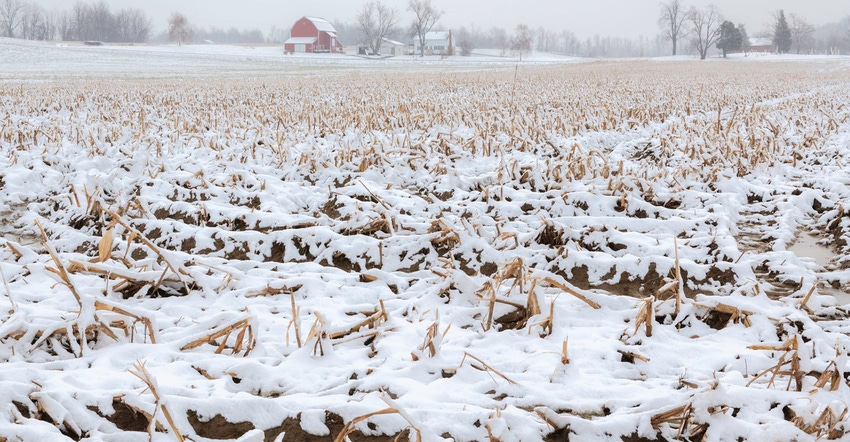
The highlights of the Farm Futures January 2021 survey tend to focus on yield estimates for the 2020 crop and acreage intentions for the 2021 season. But we also gleaned a few more insights about the marketing intentions of our farm readers.
The survey gathered respondents from 806 farmers across the country using an email questionnaire. Questions were asked between December 4 – 18, 2020.
Shifting tides
First a history lesson: In the January 2020 Farm Futures survey, only 36% of farmers anticipated higher profits looking back at 2019. The pandemic materialized lost profit fears rapidly as commodity prices plummeted during the pandemic’s onset.
But as grain prices rallied in the second half of 2020 and record-breaking government aid was disbursed across the Heartland, farmers began to take a more optimistic view of the newfound profit potential. In the most recent January 2021 survey, 71% of farmers expected profits to be higher in 2020 than the previous year.
New sales
Before the rallies of early 2021, farmers were already looking towards booking sales for the 2021/22 crop year. But on average, fewer new crop sales were booked in the 2021 survey compared to a year prior.
In the survey, 2021/22 corn sales were a mere 6.9% compared to 18.7% for the same time a year ago. Respondents reported an average of 5.9% of new crop soybeans sold compared to 6.6% the year prior. Rising wheat prices last fall bucked the trend, with 11.5% of 2021/22 wheat sold among Farm Futures survey respondents, compared to 9.9% last year.
But few doubts were to be had about the profitability of the 2020 corn and soybean crops versus the 2019 crop year. In last year’s survey, respondents had 44.5% of the current corn crop sold compared to 47.2% for this year. This year, farmers reported an average of 55.9% of 2020 soybeans sold versus 44.2% a year ago.
Why the perceived uncertainty? For one thing, the 2021 crop has not even been planted yet. It is difficult to make sale decisions at this point for the following year when the crop does not exist.
Answers lie in price spreads
A look at current futures price spreads provides more insights. As of press time, futures prices for corn and soybean contracts spanning the 2021 marketing year are trading lower than those of the 2020 year. This inversion signals that the market is hungrier for corn and soybean supplies now rather than later.
Farmers would be wise to keep an eye on these spreads over the next couple months. If South American crops have minimal drought damage, the inversion could reverse, and farmers could face a scenario where basis narrows and carry incentive is reestablished in the market.
High corn acreage, as suggested earlier in this issue’s cover story, would also have the potential to invert soybean futures prices and create more carry in the market.
But in the meantime, export demand from China and high domestic usage rates continue to tighten supplies. Farmers should continue to take advantage of basis appreciation as marketing plans allow.
Looking ahead
As China’s hog herd nears a full recovery from the 2018 African Swine Fever outbreak and its soybean import levels surge to a record high of nearly 3.7 billion bushels, demand estimates will largely remain consistent across the two crop years. 2021 corn and soybean supplies will largely dictate farmers’ abilities to make early marketing moves, adding extra incentive to keep an eye on 2021 acreage estimates.
Optimism continues to run high through farm country, especially compared to a year ago. About 34% of respondents in the survey were concerned about repaying debt, down only 2% from a year ago.
Don’t be too quick to forget the lessons of 2020 as plans are hatched for 2021. Profit potential is lucrative now, but as we saw a year ago, those prospects can turn on a dime.
About the Author(s)
You May Also Like






